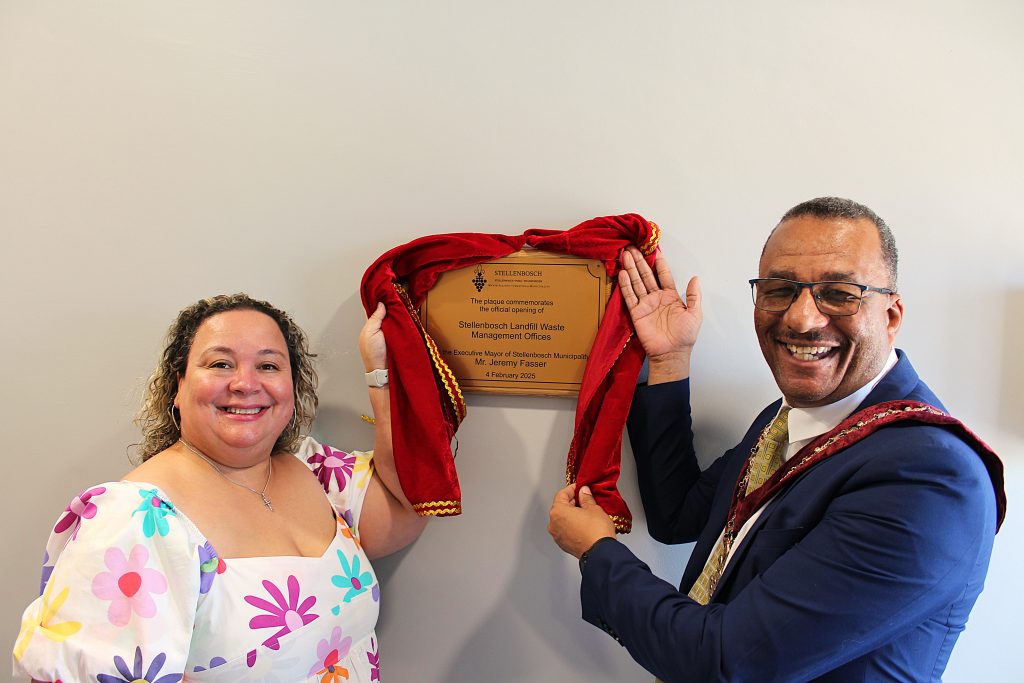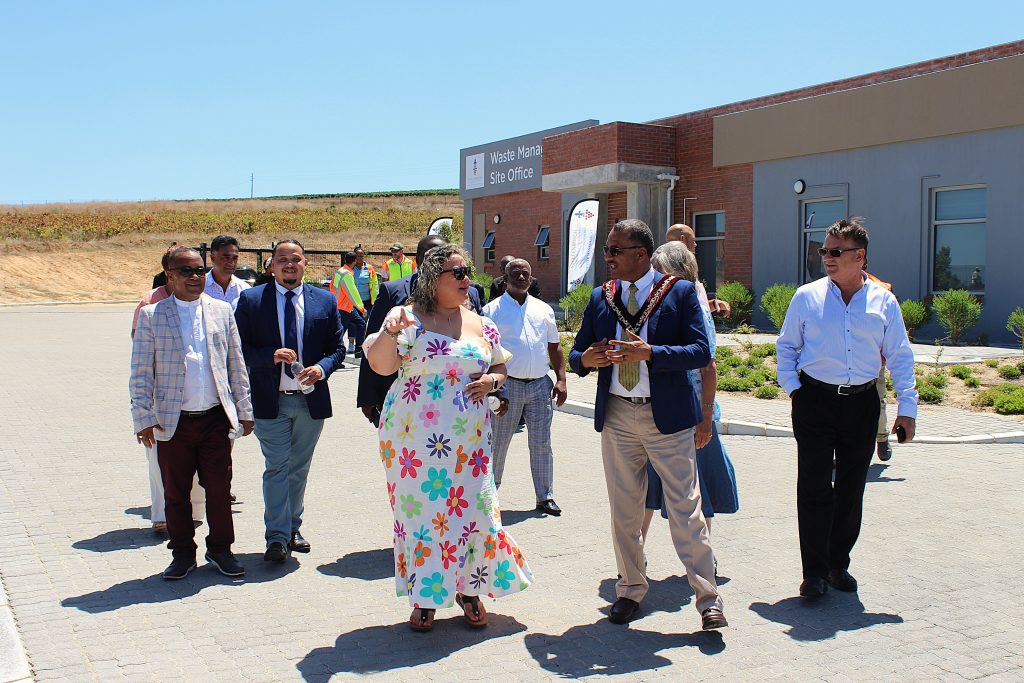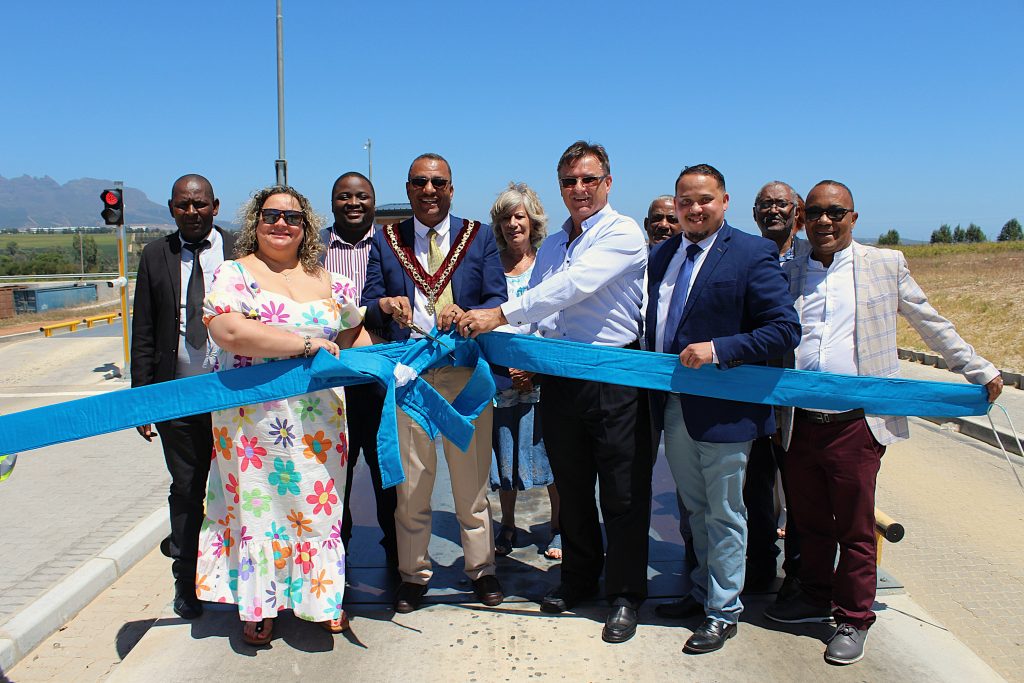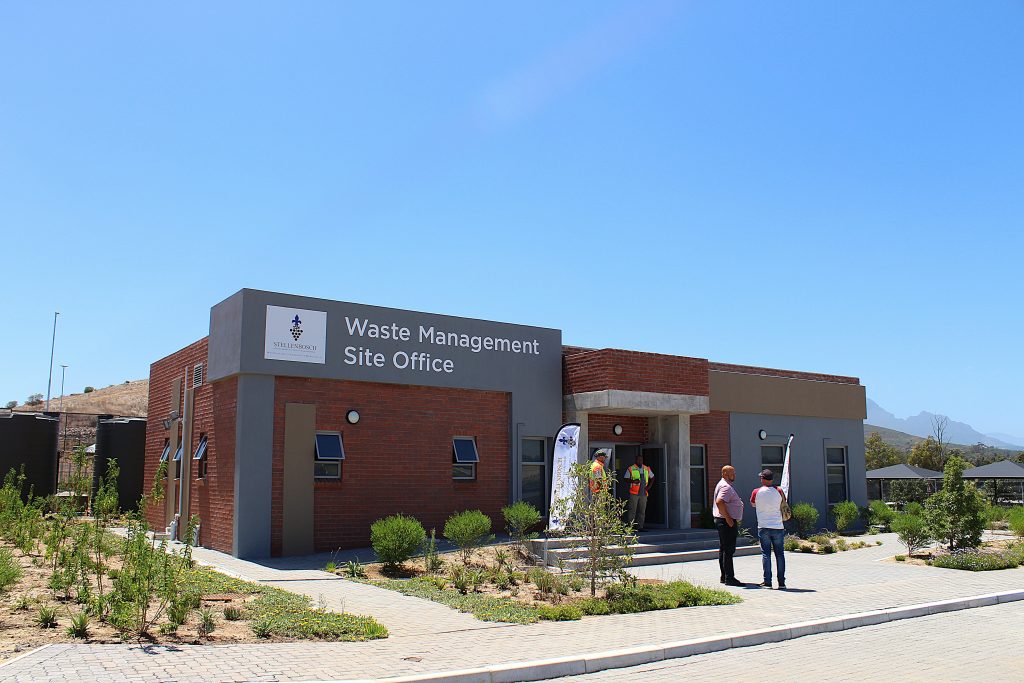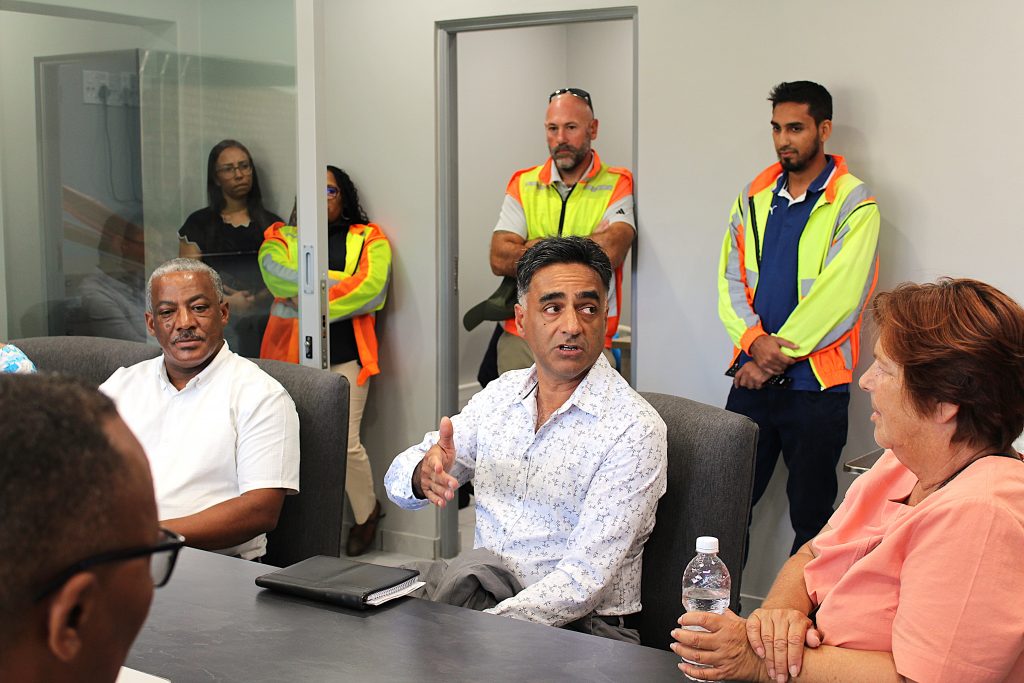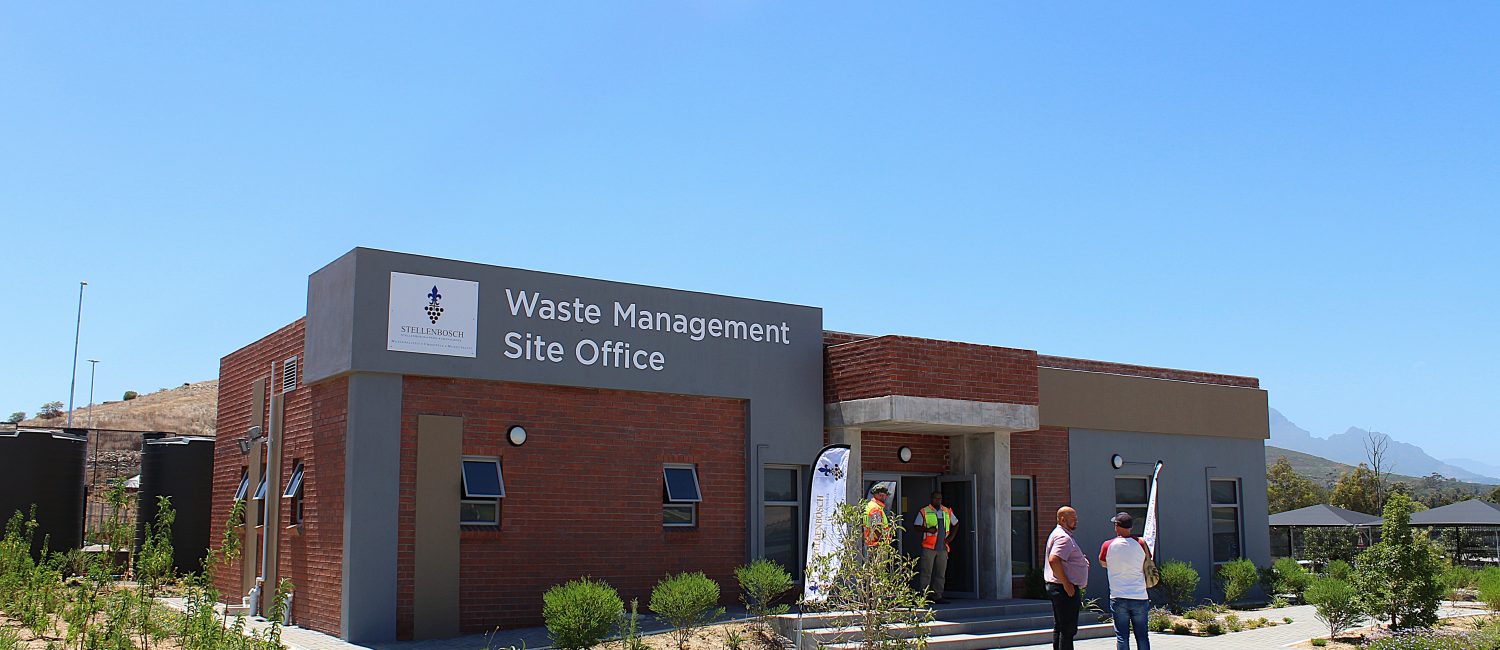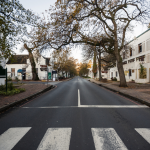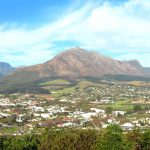4 February 2025
Today, Mayor Jeremy Fasser and members of his Mayoral Committee officially launched the new waste cell at the Stellenbosch Landfill Site, a critical investment in the municipality’s waste management infrastructure. This newly developed Cell 4 will serve the Stellenbosch community for the next two decades, providing 1.1 million cubic meters of air space for waste disposal.
Stellenbosch’s landfill history dates back to the establishment of its first waste cell, Cell 1, which reached capacity around 1996. The need for additional waste management solutions led to the development of Cell 2, for which the Municipality received its first waste permit in 1999. By 2013, Cell 2 had reached full capacity, prompting the construction of Cell 3. When Cell 3 reached its limit in 2019, planning and development for Cell 4 immediately commenced.
A 2017 feasibility study indicated that unlocking additional landfill space within Stellenbosch would save the Municipality an estimated R1.5 billion in external disposal costs, which is equivalent to approximately R2.1 billion today. The total investment in Cell 4’s infrastructure amounts to around R110 million. The project not only ensures sustainable waste disposal but also offers economic benefits by significantly reducing haulage and external disposal costs.
Beyond cost savings, having a well-managed local disposal site presents additional advantages. One of the key benefits is the potential to curb illegal dumping. By making disposal more accessible and affordable for residents, waste can be properly managed, preventing pollution of rivers, parks and public spaces.
The timeline for each landfill cell to reach capacity has been shortening over the years. If waste management practices do not evolve towards more sustainable solutions—including reducing, reusing, re-purposing and recycling—Cell 4 could also reach capacity sooner than expected. The Municipality urges all residents to take an active role in responsible waste management to extend the lifespan of the landfill and protect our environment for future generations.
